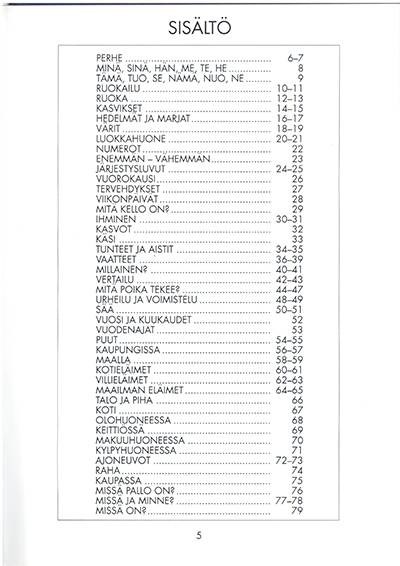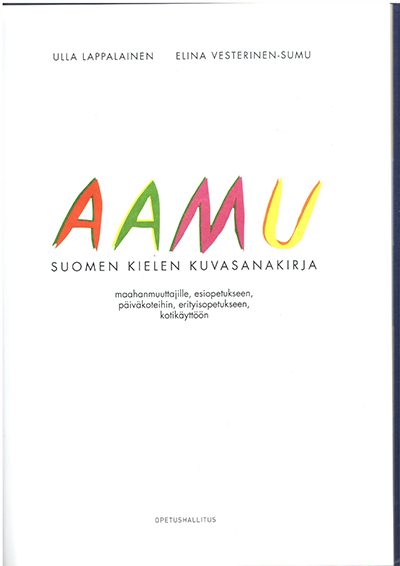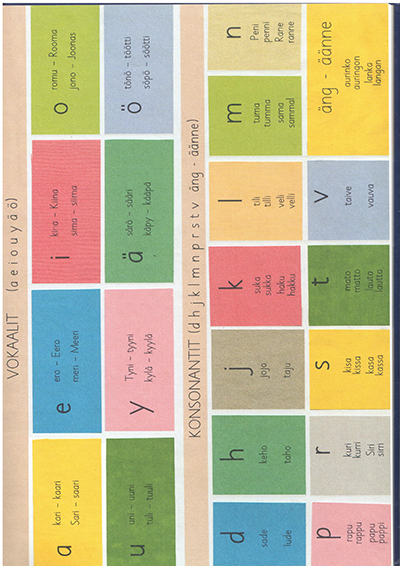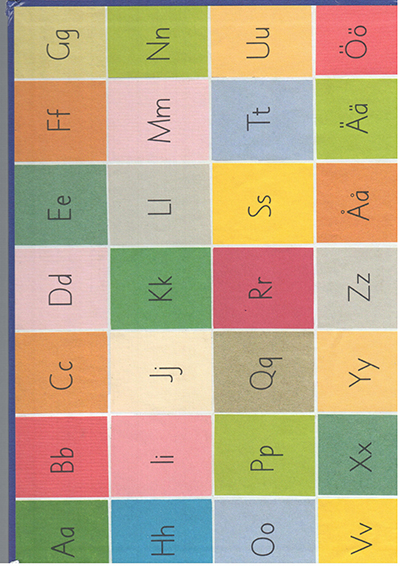| Sorted by date | |||
page020from Building Ideas5 Stirling and Gowan – Leicester UniversityEngineering Buildings, Leicester, 1959-63. (Neil Jackson)
 ... more ... ... more ...
|
|||
|
|||
|
|
|||
page019from Building Ideasbells ringing in the circles of “rational”modernist architectural criticism, particularly as the stated intentions of themovement’s most outspoken advocates, Alison and Peter Smithson, were,revealingly, to be “objective” about reality. TheSmithsons were part of a tight circle of architects and artists based aroundthe Architectural Association and the Institute of Contemporary Arts in Londonin the 1950s and, through a series of projects both built and unrealized, theyalso had major influence on the work of the ARchigram group. The brick, steeland glass school of Hunstanton in Norfolk (1949-54), the megastructuralcomposition of the Sheffield University competition of 1953 and the curvaceous fiberglassform of th... more ...
|
|||
|
|||
|
|
|||
page018from Building IdeasWhile many of these ideas are paralleled inthe preoccupations of the Japanese Metabolist group, who were working onsimilar possibilities around the same time, the ideological assumptions behindthis group of projects are actually quite distinct. For the Japanese, concernedwith the acute problems of post-war overcrowding in city centres and thechronic pressures on land use in the country as a whole, the possibilities ofminimal living units piled up in tower blocks had a necessary logic behind it.The British work, on the other hand, had a much more playful air to it,premised as it was on issues like the desire for sensory stimulation and thevery 1960s preoccupation with the pursuit of pleasure and a libertarianlifestyle. One project that neatly summed up the group’s concer... more ...
|
|||
|
|||
|
|
|||
page017from Building Ideas4 Piano & Rogers – Pompidou Centre,Paris, 1971-77. (Jonathan Hale)well publicized projects. By the timeRogers’ practice, Team 4, (with Su Rogers and Wendy Foster) was established inthe late 1960s the Archigram group had set out what was to become a series ofuncannily prescient models for a high-technology, open-ended architecture ofinfrastructure, to be imitated and also partly realized by a variety of otherarchitects over the subsequent years. Among the most notable were Michael Webb’sdesign for the Furniture Manufacturers Association Headquarters of 1958 withits expressive clustering of circulation and service towers; Cedric Price’s FunPalace of 1961-64 with its throwa
 ... more ... ... more ...
|
|||
|
|||
|
|
|||
|
|||
|
|
 ... ...
... ... ... ...
... ... ... ...
... ... ... ...
... ... ... ...
... ... ... ...
... ... ... ...
... ... ... ...
... ... ... ...
... ... ... ...
... ... ... ...
... ... ... ...
... ... ... ...
... ... ... ...
... ... ... ...
... ...